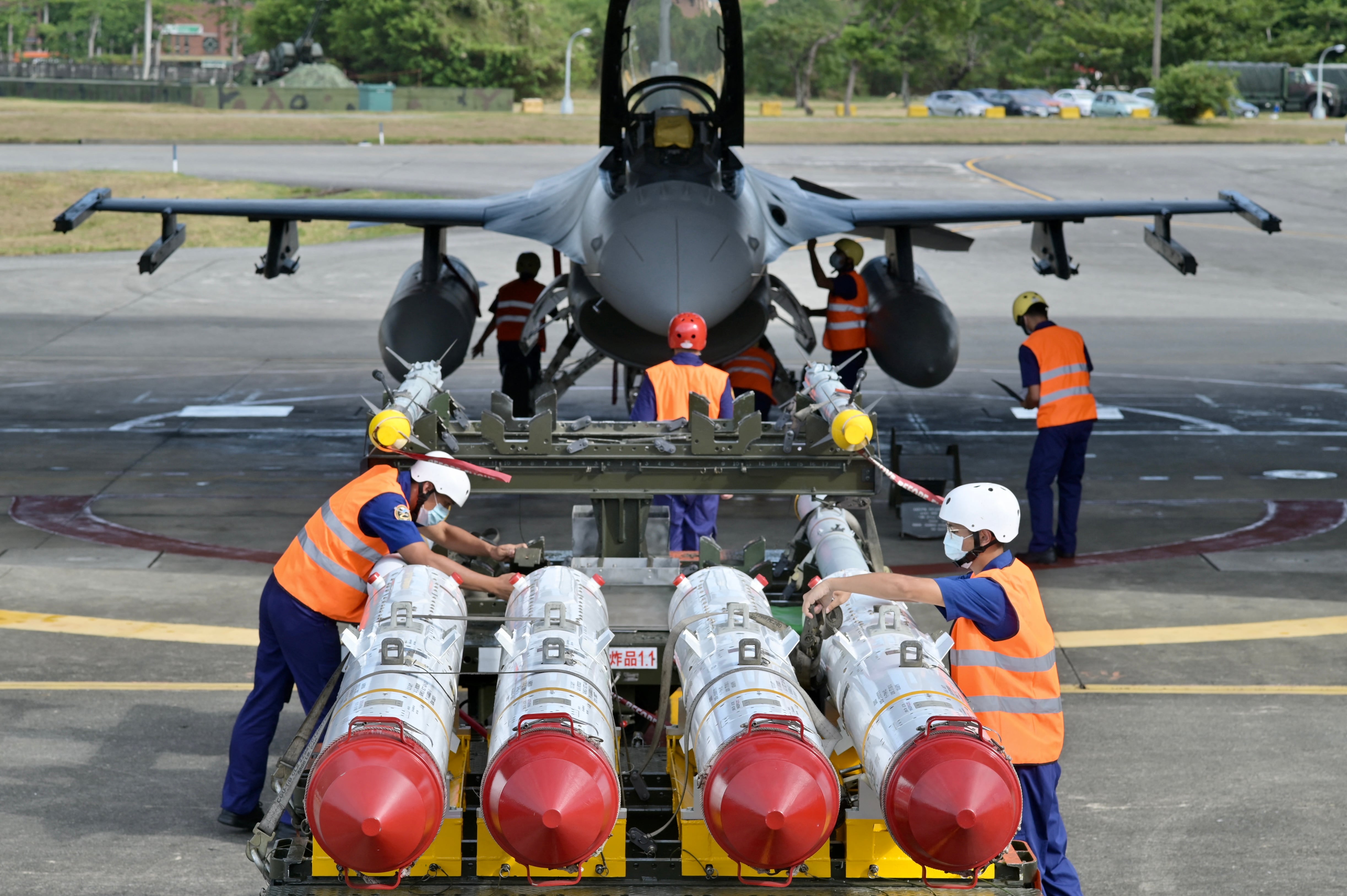ABU DHABI, United Arab Emirates — The CEO of Taiwan-based company Tron Future, whose counter-drone radars are already used by the Taiwanese Army, says the systems are ready for mass deployment, eying a production rate of 100 per month for 2023 based on increased demand.
Tron Future is only four years old, but its T.Radar Pro technology has already found an extensive market both in Taiwan but also in the Middle East and South Asia. The active electronically scanned array (AESA) radar has a drone detection range up to 5 kilometers and a weight of only 15 kilograms, which is what CEO Yu-Jiu Wang says has appealed the most to customers.
“The design of the radar was born out of a need to create an air-layered defense for the protection of Taiwan against the ever-present threat of different types of Chinese drones,” Wang said in an interview here at the IDEX arms fair.
Its development followed four tenets, he explained: keeping it lightweight and small; equipping it with a 4D micro-doppler function to differentiate between multirotor drones and birds; low cost; and performance against small and low-flying targets in urban environments.
RELATED

Threats from Chinese drones have increased in recent years. In January 2023, a Chinese military magazine emphasized the crucial role unmanned systems would have for targeted strikes in the event of a war across the Taiwan Strait.
Wang says that at the height of tensions, deployed radars detected as many as 100 Chinese drones conducting surveillance above Taiwan over the span of one week. Key features of the T.Radar Pro include an open architecture for an image recognition app, air traffic management as well as interfaces for hard-kill or soft-kill countermeasures. It has a power consumption of 250 Watts and a maximum signal bandwidth of 30 Megahertz.
Initially, the radars went into the service with the Taiwanese Army and were deployed above key islands, which is a challenging environment because the movement of waves in the ocean can create false targets.
Based on increased demand both at the domestic and international level, the company expects to produce 100 radars per month for the year ahead and is looking at opening a second production site in Taiwan. The T.Radar can either be sold separately or as part of Tron Future’s larger anti-drone system. The full setup also includes a drone-disabling jammer and an interceptor that the company website describes as offering “choices of explosive or non-destructive warheads dealing with different situations.” Together, the system creates defense protection dome measuring 5 kilometers in diameter, the company claims.
Wang stressed that Taiwanese forces are not looking to be the first ones to attack when facing China, as that could rapidly escalate to a full-scale war. The air-defense platform was designed with this in mind, where each different system represents a logical chain that attempts to initially avoid using a hard-kill countermeasure.
Elisabeth Gosselin-Malo is a Europe correspondent for Defense News. She covers a wide range of topics related to military procurement and international security, and specializes in reporting on the aviation sector. She is based in Milan, Italy.








